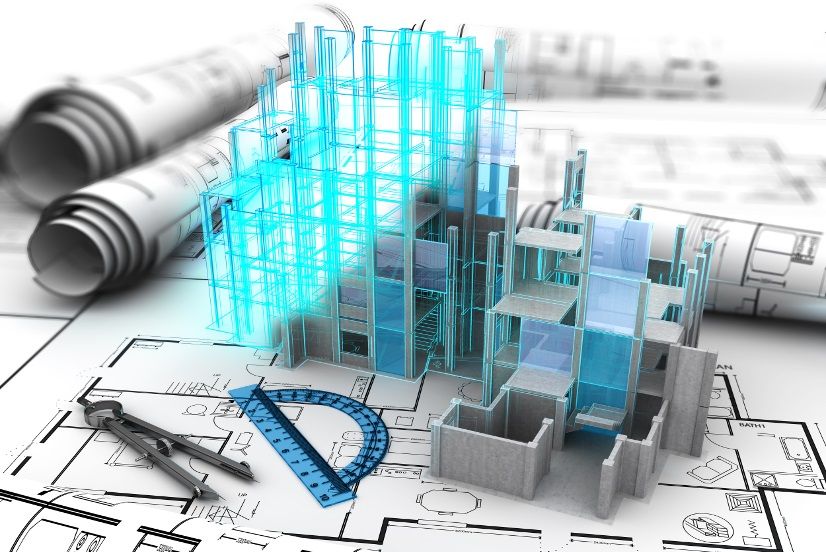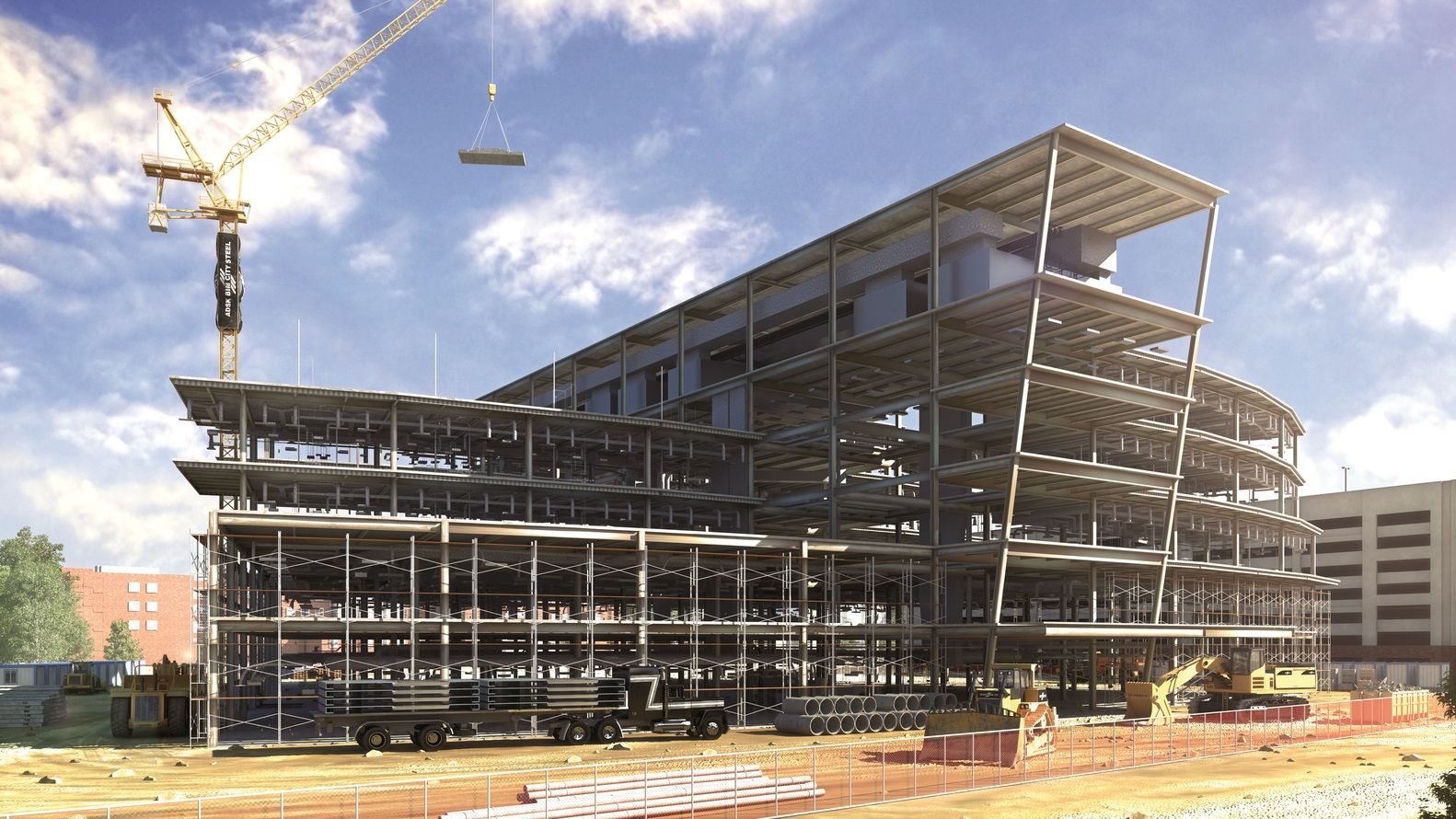Streaming Now – Novatr’s story on The Indian Edtech Story, only on Jio Hotstar.
PROGRAMS
Join thousands of people who organise
work and life with Novatr.
BIM Adoption Around the World: Ranking Countries from Best to Worst
Pranjal Maheshwari
15 mins read
July 07
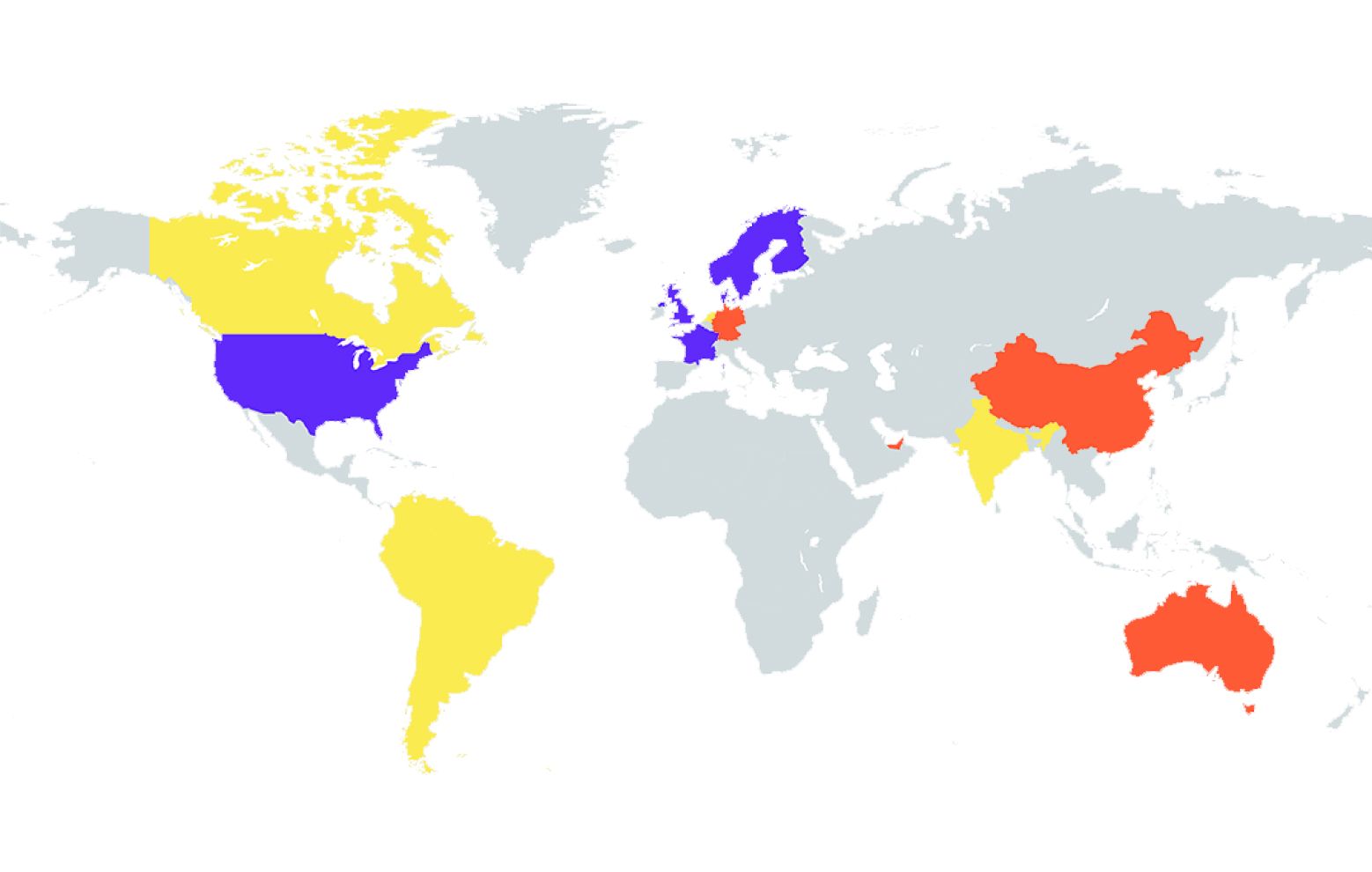
If you are reading this and you can understand it, that’s because both I and you know the same language- English. Knowing the same language allows for better communication of thoughts. A clear example is what is happening right now.
But for that, you first need to understand the language- the structure, the grammar, and the like; and then use it for communication. It takes some training and practice before you get fluent in any language. Once you do, it is so much easier to communicate your thoughts and ideas with others.
BIM is well on its way to becoming the “Universal Langauge” of Architecture. As the AEC industry is increasingly understanding the potential of BIM technology, we are nearing a future where everyone will soon be communicating in BIM.
But until then, where are we with regards to BIM adoption?
We have already achieved, if I may, the “Standard Operating Procedure” for using BIM in the AEC industry. The ISO 19650 (published in 2019) is the international standard that outlines the different concepts and principles for the application of BIM. It includes information management principles for a BIM Model over the whole life cycle of a built asset. It has already been adopted by several countries at the government level
It classifies the building model as per “Levels” of detail, according to the purpose of the model.
•Level 0: indicates ordinary CAD drawings.
•Level 1: suggests the presence of basic information but no cross-disciplinary interaction.
•Level 2:various specialists can interact and collaborate
•Level 3:implies a unified work environment that integrates the work of all project participants.
This simplifies the process of understanding and communication between the different consultants and stakeholders of a project.
But if BIM is so awesome...
Why isn’t everyone using BIM?
Because it is not easy to learn a new language. There is some resistance at first, and some degree of speculation. You want to understand how much effort it will take to learn and if it is worth it. Especially for small or medium-sized firms, it is a significant investment in terms of time and resources.
Once you have decided to learn, you look for a good tutor. That is another area we lack as an industry- BIM experts interested in teaching, to the demand or need of learning.
What are we doing about this BIM situation?

Once you get a hang of the basics is when you start to understand the benefits of using one language (BIM) to communicate across all platforms (of the AEC Industry). It is (relatively) easy at an individual or company level, but the real success of BIM lies in making a home in the mandates of government and other regulatory organizations. While everyone is working towards the same goal, different countries are at different stages of the process.
Let’s now take a look at how far along are various countries around the world when it comes to BIM adoption.
United Kingdom

The Heathrow Airport in London in the mid 1900s
It all started with the Heathrow Airport reconstruction in the 1980s. There was a gradual rise in the adoption of BIM for various projects- both in number and complexity. By 2007, standards were formulated to overlook the integration of BIM in the construction industry. These standards later formed the basis of the new ISO 19650.
In 2016, the UK government mandated BIM Level 2 on all public projects. All government construction has to use BIM and includes all information regarding the assets, documentation, and other data of the project. In the case of private projects, the use of BIM is advised, but it is not mandatory. According to a survey by the National Bureau of Standards (NBS), 73% of the construction companies are familiar with BIM technology and use it in their projects.
It is credited to these efforts that the AEC industry in the UK is the most advanced and digitized in terms of technology.
USA
The world recognized the potential of BIM by the 1990s, while the US has been using it since the 1970s. But much like the rabbit racing with the tortoise, it somehow hasn’t managed to win yet. In fact, at one point other countries were using the US as a case study to learn what to avoid from the issues it faced while adopting BIM.

Oakland International Airport made use of BIM Technology during its design and construction.
Even today there is no mandate for the use of BIM by the government. Although many departments have created and published their principles, these are not integrated through a centrally regulated system.
The United States has one of the largest construction markets worldwide, with the expenditure reaching over $1.1 billion in 2017. A growing urban population and increased government spending carve an excellent scope for the construction industry, especially those specializing in the latest technological advancements. However, the adoption of BIM has been slow and long-term improvements are still under process.
Germany
Germany delved into BIM in 2006. Since 2015, it is being used continuously in all large-scale projects (budget > 25 million Euros). In 2016, public contracting organizations got the right to request (but not demand) the contractor to apply BIM. About 70% of the AEC industry in Germany uses BIM at different levels, although most of them are architects and designers.
There are no specific BIM standards or clauses by the government, but they are showing support through other mediums. The Federal Ministry of Transport and Digital Infrastructure is providing financial support to small and medium-sized firms for transitioning into BIM. In 2021, all public contracts relating to the construction of federal infrastructure had the mandate of involvement of BIM. The government is also encouraging pilot projects to enable companies with BIM.
France
BIM started getting popular in France by 2006, but mainly among the architects and designers. The first projects were implemented around 2010. Currently, around 35% of developers in France have BIM as part of their workflow. 30% of the design bureaus have a BIM manager in their team.
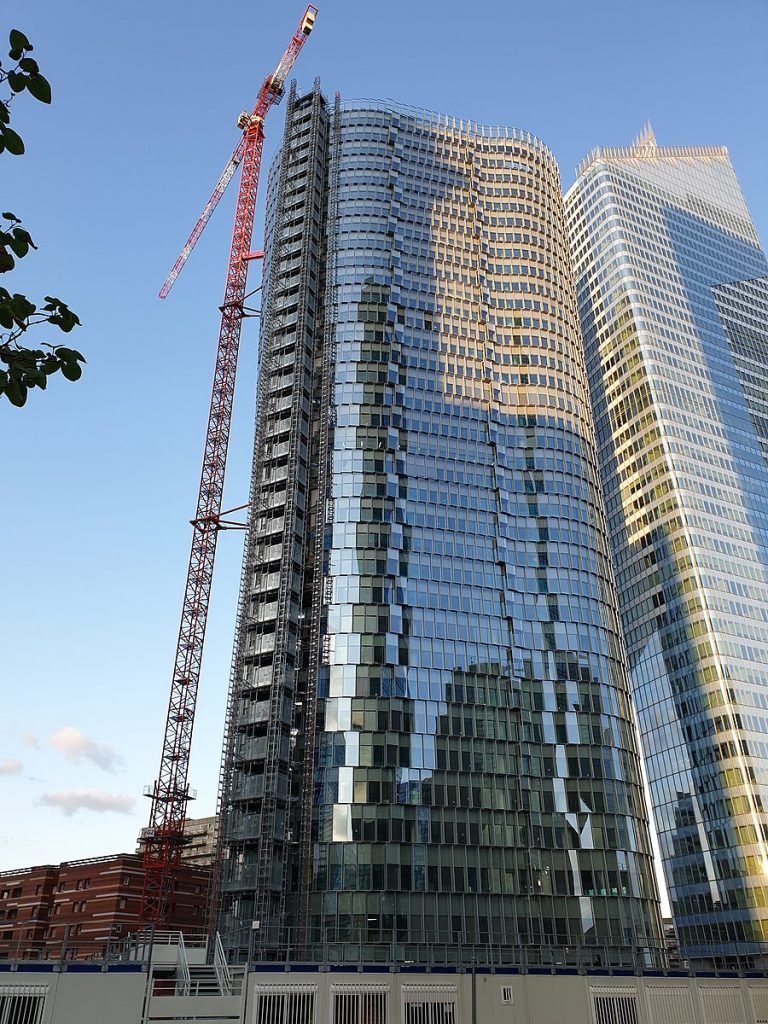
The conception and construction of Alto Tower, Paris used Parametric Design Tools and BIM.
France has no mandates or standards for BIM, but promotes its use, especially for large public projects. The government recognized the need for standardization of the BIM process by 2017, and by the end of 2018, it launched a plan to promote the industry to integrate BIM into its workflows. But so far it has been difficult for the construction companies to come to an agreement due to the lack of a single standard.
Austria
Although companies in Austria started using BIM only in 2011, they published a series of standards for BIM as early as 2015. This has resulted in the implementation of BIM by large developers, although this number still lies within 20% of the construction companies.
For the construction of Public Buildings in Australia BIM is mandatory for calculating the budget of the project since 2018. It is also mandatory for tenders and public works since 2020. However, there is no legislature for the same and it rests on the decision of the customer.
Norway
All the public and government facilities in Norway are taken care of by Statsbygg and Norwegian Homebuilders. Both of these associations have mandated the use of BIM for all their projects since 2009.
Denmark
BIM entered Denmark in 2000. Since then, all the large-scale projects and municipalities in Denmark have been increasingly involving BIM. By 2006, 50% of construction professionals were using BIM in their projects. Classification of systems is promoted by the government, which sets criteria for projects involving multiple disciplines to flourish.
Denmark has recognized the need for BIM for its qualities of services and speed. They are working on the R&D for BIM adoption practices.
Finland
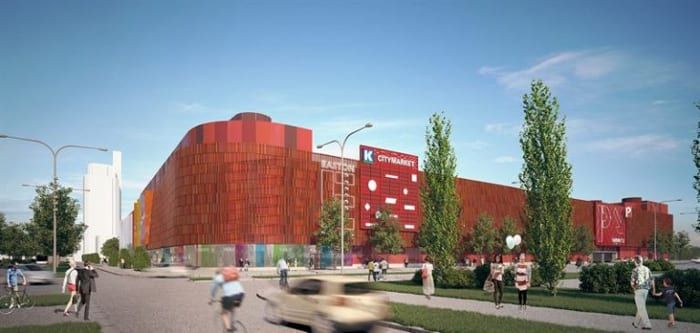
Easton Commerical Center in Helsinki, Finland
Finland got familiar with BIM technology in 2002. By 2007, 93% of architectural and 60% of engineering firms were already using BIM in their routine. Senate Properties, a government entity responsible for the management of the majority of the country's properties, mandated Industry Foundation Classes (IFC) and BIM models in all their projects.
Sweden
Sweden started promoting BIM in 1991. In 2014, the BIM alliance brought together the different public and private players in the industry to develop the best practices of construction. The government-mandated the facilitation and implementation of BIM in 2015.

Italy
The Ministry of Infrastructure introduced a plan for making BIM mandatory in 2019. It is possible that by 2022, the country will see a full implementation of BIM for all its projects. However, smaller projects like residences may continue being executed using the traditional methods.
Singapore
The Building and Construction Authority (BCA) of Singapore published a BIM Roadmap in 2010 aiming at transforming 80% of the construction industry to use BIM by 2015. BIM electronic submission was mandated for regulatory approval.
The goal of BCA in recent years has been inclined towards increasing the productivity of the industry. It has hence been focusing on promoting BIM due to its potential to enhance construction productivity.
UAE
The UAE mandated the use of BIM for all projects higher than 40 stories, or larger than 30,000 sqft. by 2014. But even before that, many large-scale projects were already being carried out using BIM.
However, a standardized process for regulating BIM workflow doesn’t seem to be in sight. The growth of BIM adoption has been slow, but it has made its mark in the United Arab Emirates.
China

The Shangai Tower was designed and constructed by the use of BIM Technology.
Although BIM entered China in 2001, its adoption has only seen a significant rise since 2016. Many AEC professionals and other organizations in China have integrated a high level of BIM adoption policies for growth and digitization.
The construction industry in China is highly fragmented. Despite the keenness of the government for BIM, no BIM mandate has been formulated as of yet.
Australia
Although many large-scale infrastructure projects are being driven by BIM, the overall management of the construction industry is highly fragmented and inconsistent.
Every government department has its own process and strategy that works in isolation from the other departments. There is confusion in the supply chain, with companies left struggling to understand different approaches, processes, and information requirements for each department and state.
Brazil
The use of BIM in Brazil is focused on cost control during the construction phase (and not so much on collaboration with owners). The government has already formulated a BIM roadmap in 2017, aimed at mandating BIM.
India
India is implementing BIM in its construction projects, although the process is gradual. BIM is being viewed as an effective means for cost-cutting.
Both the public and private sectors are very enthusiastic regarding the implementation of BIM. The Nagpur Metro Rail project is one of the best examples that adopted 5D BIM technology for the successful completion of the project.

Nagpur Metro Rail Project
What India needs is a nationwide awareness drive regarding the use of BIM as a cross-disciplinary collaborative platform.
The era of BIM is coming. Are you ready?
Given the tremendous benefits of BIM, the global AEC industry is readily embracing this technology. A time where BIM techniques will become an integral part of the industry workflows does not seem to be very far away.
Would you like to be a part of this movement? Take the first step with Novatr's BIM Professional Course.

Join 100,000 designers who read us every month
